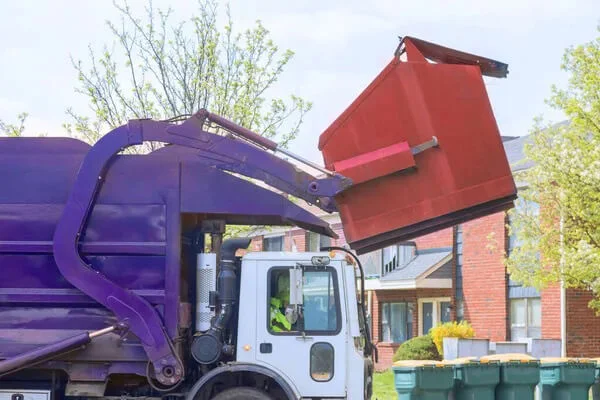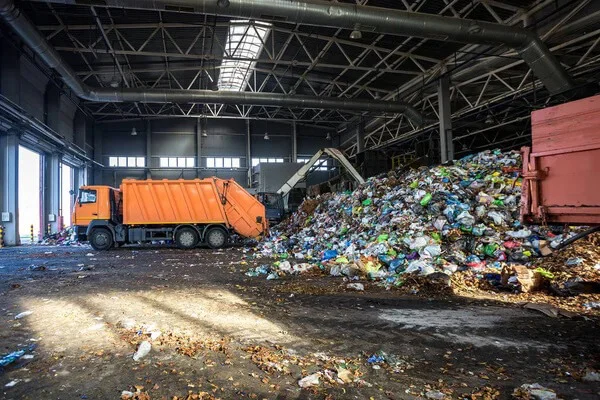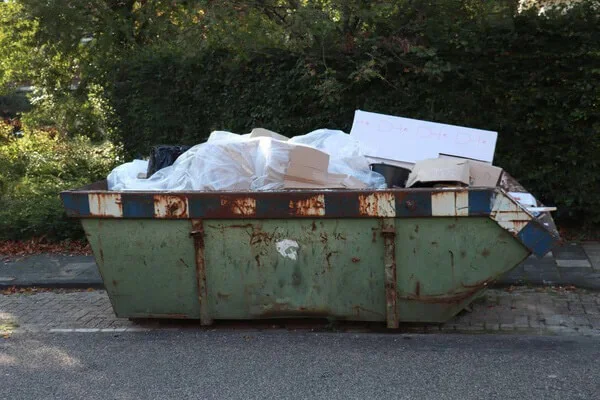Top 10 Tips for Filling Your Skip Bin Safely and Legally

When it comes to managing waste, whether it’s from a home renovation project, garden clean-up, or a large-scale construction job, skip bins are an invaluable resource. However, filling them safely and within the bounds of the law is crucial to avoid potential fines and ensure the safety of everyone involved. In this post, we’ll delve into essential tips and strategies for using skip bins effectively.
In this post, we’ll cover:
1. Preparing for Your Skip Bin Arrival

Before your skip bin arrives, it’s important to plan where it will be placed. The location should be accessible for the delivery truck and situated in a spot that won’t obstruct traffic or access to your property. Ensure the ground is level to prevent the bin from tipping over when loaded.
Additionally, check if you need a council permit to place the skip bin on public land, such as a street or nature strip. This process can take some time, so it’s best to organize this well in advance .
Lastly, consider the size of the skip bin you’ll need. It’s often better to opt for a larger size than you think you’ll need to avoid overloading, which can lead to extra fees or the need to hire a second bin.
2. What You Can and Can't Throw in a Skip Bin
Understanding what materials are allowed in a skip bin is crucial for legal and safety reasons. Generally, household waste, green waste, construction materials, and furniture are permitted. However, hazardous materials like asbestos, chemicals, batteries, and food waste are not allowed and require special disposal methods.
If you’re unsure about an item, it’s best to ask your skip bin provider for guidance. Disposing of prohibited items in your skip bin can lead to additional charges and potentially harm the environment.
For a detailed list of what you can and can’t throw in a skip bin, visit our guide
3. Maximizing Space: Efficient Packing Tips
To get the most out of your skip bin, packing it efficiently is key. Start with flat items at the bottom, such as plywood or metal sheets. Then, add heavier, bulkier items to help compress and break down any empty spaces. Lighter, irregular-shaped items can go on top.
Breaking down items into smaller pieces will also maximize space. For example, dismantle furniture where possible and cut up garden waste. Remember, the goal is to avoid gaps that waste valuable space.
Here are some additional packing tips to help you maximize space in your skip bin:
4. Safety First: Loading Your Skip Bin Correctly

Safety should always be a priority when filling a skip bin. Heavy items should be loaded with care to avoid injury, and it’s important not to overfill the bin. Materials should not extend beyond the rim, as this can pose a hazard during transport.
Wear appropriate safety gear, such as gloves and sturdy boots, to protect yourself from sharp objects and debris. Also, be mindful of how you lift items to prevent back injuries—always lift with your legs, not your back.
5. Disposal and Recycling: The Final Step

Once your skip bin is full, the disposal and recycling process begins. Most skip bin companies are committed to environmentally responsible waste management. They will sort through the contents to recover recyclable materials, reducing the amount of waste sent to landfill.
Understanding the importance of this process can encourage more thoughtful disposal practices. By choosing a skip bin provider that prioritizes recycling, you’re contributing to a more sustainable future.
6. Choosing the Right Skip Bin Provider
Selecting a reliable and reputable skip bin provider is essential for a smooth and hassle-free experience. Consider the following factors when choosing a provider:
Take the time to research and compare different providers to find the one that best suits your needs and budget.
7. The Importance of Proper Waste Segregation

Proper waste segregation is crucial for efficient recycling and responsible waste management. By separating different types of waste, you can ensure that recyclable materials are not contaminated and can be processed correctly.
Here are some basic waste segregation guidelines to follow:
By practicing proper waste segregation, you can contribute to a more sustainable environment and reduce the amount of waste sent to landfills.
8. The Benefits of Skip Bin Hire
Hiring a skip bin offers numerous benefits for both residential and commercial projects. Some of the key advantages include:
By choosing to hire a skip bin, you can simplify your waste management process and focus on the more important aspects of your project.
9. Common Mistakes to Avoid When Filling a Skip Bin
To ensure a smooth and hassle-free skip bin experience, be mindful of these common mistakes:
By avoiding these mistakes, you can make the most of your skip bin hire and ensure a successful waste management process.
10. The Environmental Impact of Responsible Waste Management
Responsible waste management plays a crucial role in protecting our environment and conserving natural resources. By hiring a skip bin and following proper waste disposal practices, you can contribute to a more sustainable future in several ways:
Remember, managing waste responsibly is not just a legal obligation but also a moral one. We all have a part to play in protecting our planet for future generations.
In summary, filling a skip bin safely and legally requires preparation, understanding what waste is permitted, efficient packing, a focus on safety, and an awareness of the disposal process. By following these tips and considering additional factors such as choosing the right provider, practicing proper waste segregation, and understanding the environmental impact of responsible waste management, you can make the most of your skip bin hire while contributing to environmental sustainability.
